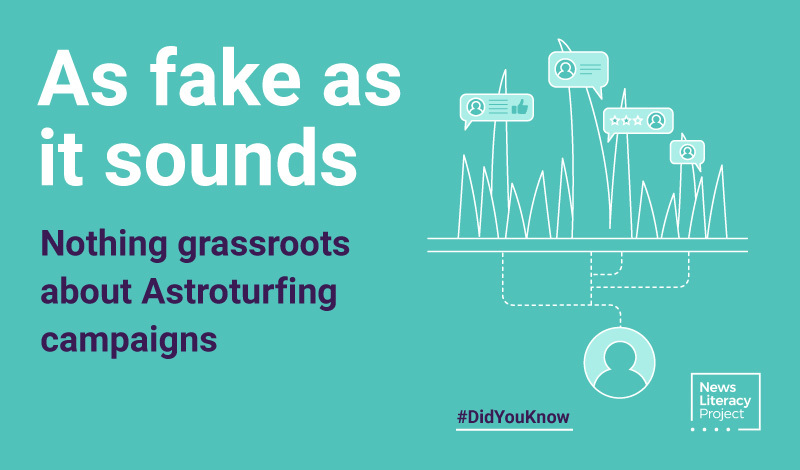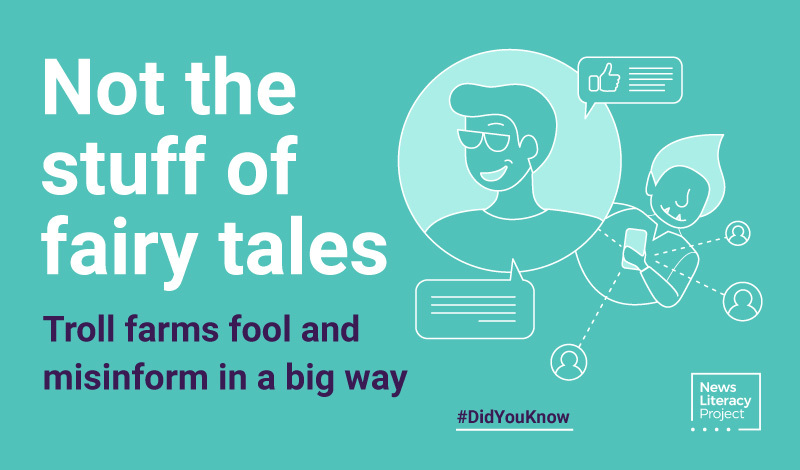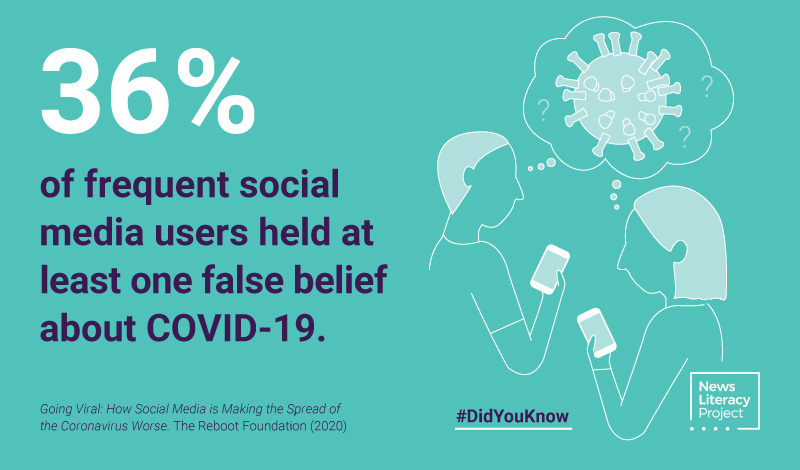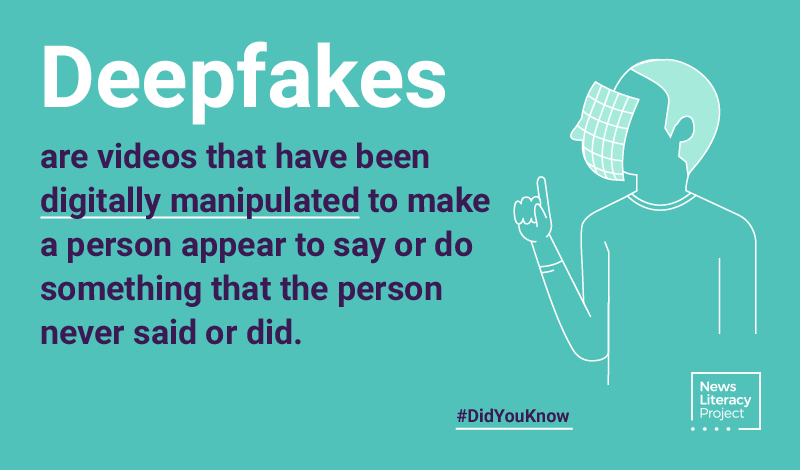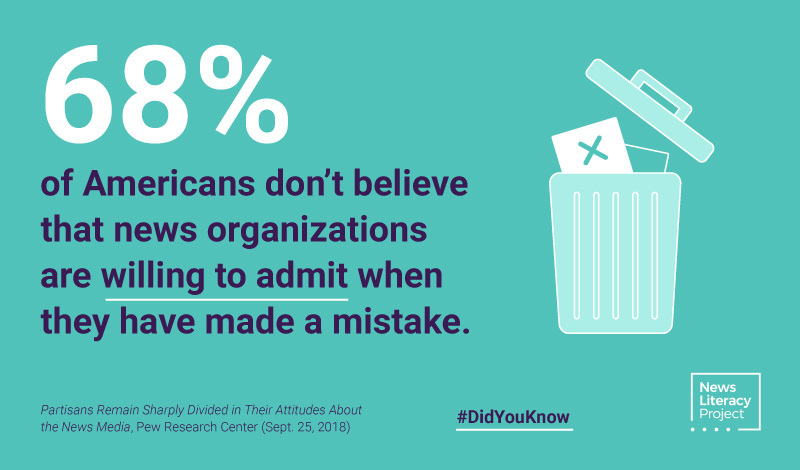
Did You Know?
Inaccuracies spread on internet seen by most as problem in news coverage
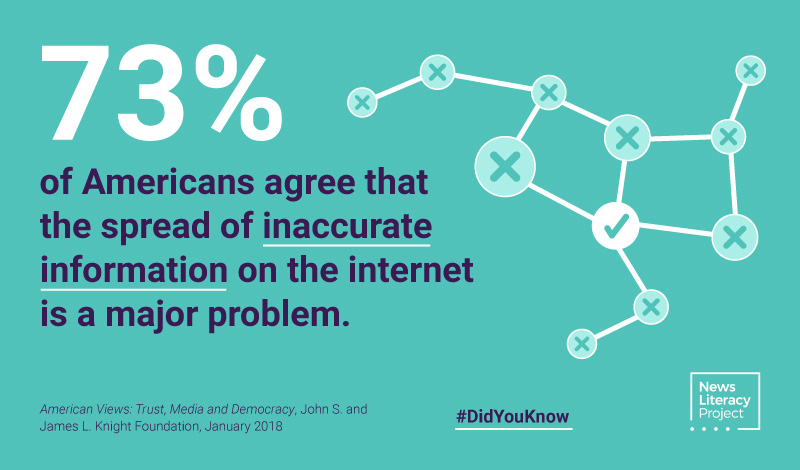
Anyone who follows the news knows that the news business faces a host of challenges — challenges that we all then face in our attempts to stay informed.
But which problems in news coverage hold the greatest threat? Or, to be more exact: Which problems in news coverage does the public consider to be major, and which are minor (and which aren’t problems at all)?
American Views: Trust, Media And Democracy, a 2018 report from the John S. and James L. Knight Foundation,lays out the answers. In a survey conducted by Gallup for the report, more than 19,000 Americans were given eight possible negatives about news and were asked whether they considered each a major problem, a minor problem, or not a problem at all when it comes to news coverage today.
- Bias in reporting? Yes.
- Bias in story selection? Yes.
- Owners’ attempts to influence? Yes.
- Not enough investigative journalism? Yes.
- Reports that turn out to be inaccurate? Yes.
- Sensationalizing? Yes.
- Spread of inaccuracies online? Yes.
- Ideological viewpoints in reporting? Yes.
Yes, eight times: Majorities of respondents saw each of the eight as a major problem.
The highest percentage went to “the spread of inaccurate information on the internet,” which 73% considers a major problem. And unlike other perceived problems with news coverage today, it drew vigorous nods from both Republicans and Democrats.
In its own summary of the findings, Gallup sees this as a positive, writing, “Americans of all political stripes see the spread of inaccurate information on the internet as a major problem, with 76% of Republicans, 71% of Democrats and 75% of independents holding this view. These data suggest there is broad support in the U.S. for some method of reducing inaccuracy in online media reporting.”
Results of the 2017 Gallup/Knight Foundation Survey on Trust, Media and Democracy are based on mail interviews collected between Aug. 4 and Oct. 2, 2017, from 19,196 adults, ages 18+, living in all 50 U.S. states and the District of Columbia.
